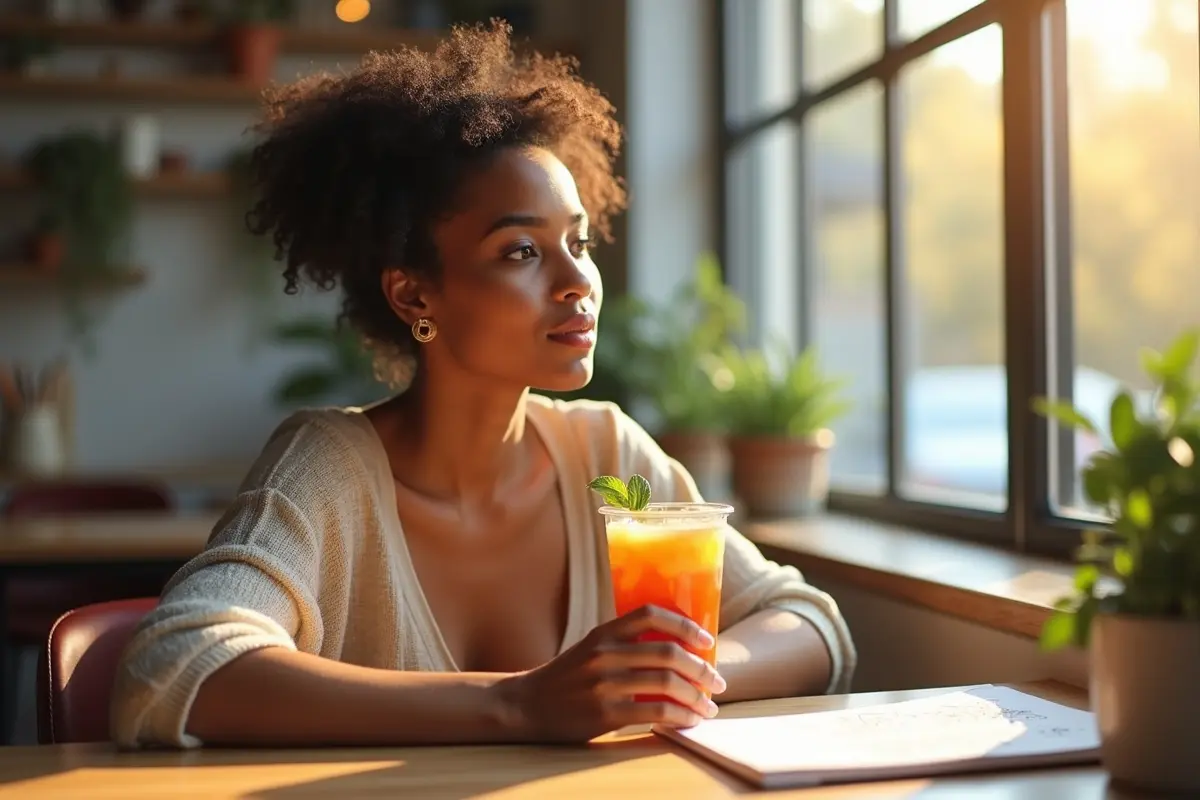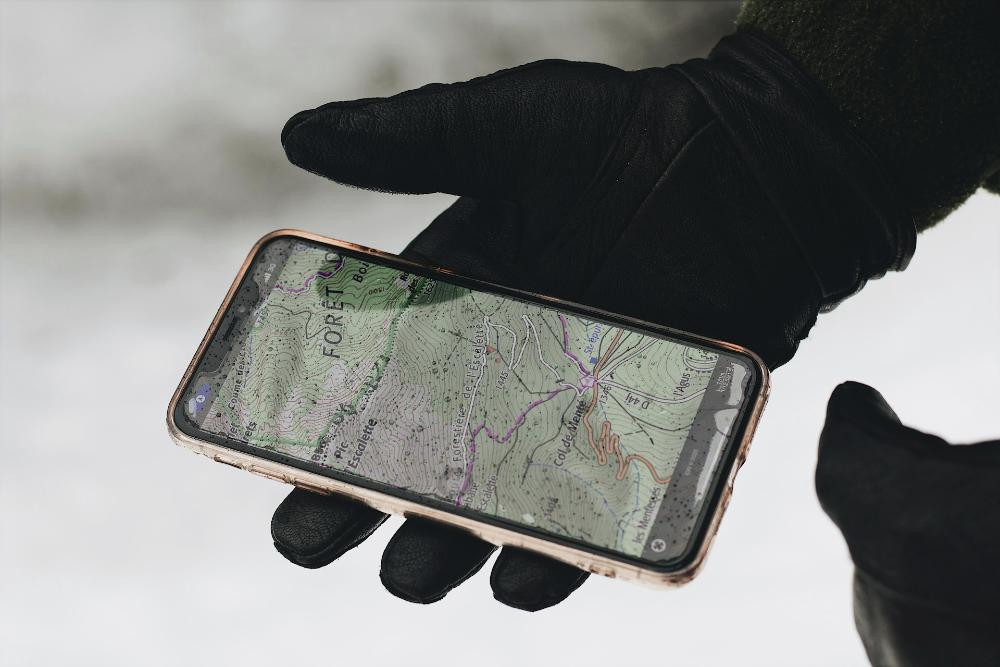You ever take a sip of something new and just stop for a second—like, wait, what is this?
That tiny pause, that flicker of surprise, is where creativity lives. It’s not loud or dramatic. It’s subtle. A quiet moment that says, something here is worth noticing.
That’s how ideas start. They don’t shout. They hum. And behind that hum, there’s often a whole team—flavor experts, designers, and yes, a drink manufacturer who knows how to turn imagination into something you can actually taste.
Taste Isn’t Just Flavor—It’s Memory
Think about the last time a drink reminded you of something familiar. Maybe it was a soda that felt like summer break, or a latte that somehow tasted like comfort itself.
Taste is sneaky that way. It doesn’t just live on your tongue. It travels through your memories, emotions, even your imagination. And that’s where brands have started paying attention.
They’ve realized that flavor isn’t only chemistry—it’s storytelling. Every ingredient, every aroma, every bit of color tells part of a story that people don’t just consume, they feel.
Small Ideas, Big Ripples
Funny thing about innovation: it rarely starts with a lightning bolt. More often, it begins with someone asking a question like, What if this tasted a little brighter? or Could we make this feel fresher, lighter, more alive?
That’s not just product tweaking. That’s creative thinking in motion. And it’s the same mindset that fuels startups, design studios, even tech labs.
A good beverage team doesn’t just make drinks. They build systems for experimentation—where one bold sip can lead to a whole new way of seeing things.
When Science Meets Emotion
It’s wild how much emotion is tied to something as simple as taste.
Science says flavor memories stick harder than visual ones. That’s why one sip of something from your childhood can hit like a time machine.
Brands that understand that power use it wisely. They’re not just trying to sell something sweet or fizzy—they’re trying to connect. They ask questions like:
- What emotion are we really serving here?
- How can a product feel both new and nostalgic?
- What would “confidence” taste like?
That’s creativity with purpose. It’s emotional engineering through flavor.
Collaboration: The Secret Ingredient Nobody Talks About
If you’ve ever seen a team develop a drink, it’s a bit like a jam session. Everyone’s got a role, but the best stuff happens in between.
The flavor expert riffs with the designer. The marketing team throws in a weird idea that somehow works. It’s not chaos—it’s rhythm. Everyone’s listening, adjusting, adding.
And that’s what makes the process so human. The final drink is more than a formula. It’s a memory of all those conversations, trial runs, near-misses, and little victories that brought it to life.
Creativity Loves Boundaries
It sounds backwards, but limits actually make things better.
A developer might have to stick to five ingredients or a strict calorie cap. That’s not restriction—it’s direction. Those boundaries give the imagination something to bounce off.
Think of it like painting inside a smaller frame. You start to notice the details, the subtlety, the texture. Innovation grows from that kind of focus. And once you learn to work within limits, you start creating with intention, not just instinct.
What Other Industries Are Learning from Drinks
Here’s the surprising part: the drink world is basically a crash course in agility.
Trends change fast. Palates evolve even faster. So brands have to adapt, like, yesterday.
That adaptability—testing ideas, getting feedback, pivoting—is exactly what other industries are copying. Tech, fashion, wellness—they’re all borrowing the beverage playbook: build fast, feel faster, iterate constantly.
It’s innovation in sips instead of leaps. But those sips add up.
A Taste of Culture in Every Bottle
Culture and flavor go hand in hand. What people drink often reflects what they care about most.
Take the rise of zero-sugar drinks, plant-based lattes, or adaptogenic tonics. They’re not random trends. They’re reflections of how we want to feel—healthier, calmer, more in control.
So when brands experiment with drinks, they’re really experimenting with identity. They’re asking, Who are we becoming?
Every bottle, in a way, is a snapshot of its time.
From Idea to Sip: Watching Creativity Take Shape
There’s something magical about watching an idea turn into something you can hold—and then taste.
It starts with an abstract thought. A note scribbled in a notebook. Maybe it’s “something tropical, but not cliché.” Then the team tests, tweaks, debates. They pour samples, take notes, squint at color gradients.
And then, one day, someone takes a sip and nods. “Yeah,” they say quietly. “That’s it.”
That moment right there—that’s the heartbeat of innovation. The point when imagination becomes real.
What We Can Learn from a Bottle of Anything
Here’s the part people don’t always see: creating something new teaches you things about yourself.
You learn to listen better. You learn patience. You learn that failing isn’t the opposite of progress—it’s how progress happens.
And somewhere along the way, you realize that the best ideas don’t need to be perfect. They just need to make someone feel something. Even if it’s just curiosity.
The Human Touch Still Wins
Sure, AI can analyze flavors or predict what’s trending next, but it can’t replace intuition. Not really.
A seasoned drink developer can taste something and just know it’s not balanced, even if every metric says it’s fine. That gut feeling—that quiet human instinct—is the difference between “good” and “memorable.”
Innovation without intuition is just math. Innovation with emotion? That’s art.
Maybe the Next Big Idea Is Already in Your Cup
Here’s a thought: maybe innovation isn’t about chasing the next big thing. Maybe it’s about noticing what’s already in front of you.
A familiar flavor, reimagined. A small surprise that sparks a bigger conversation.
Take another sip. Sit with it. Sometimes the next great idea doesn’t start on a screen or a spreadsheet. Sometimes it starts with that spark you can taste.




